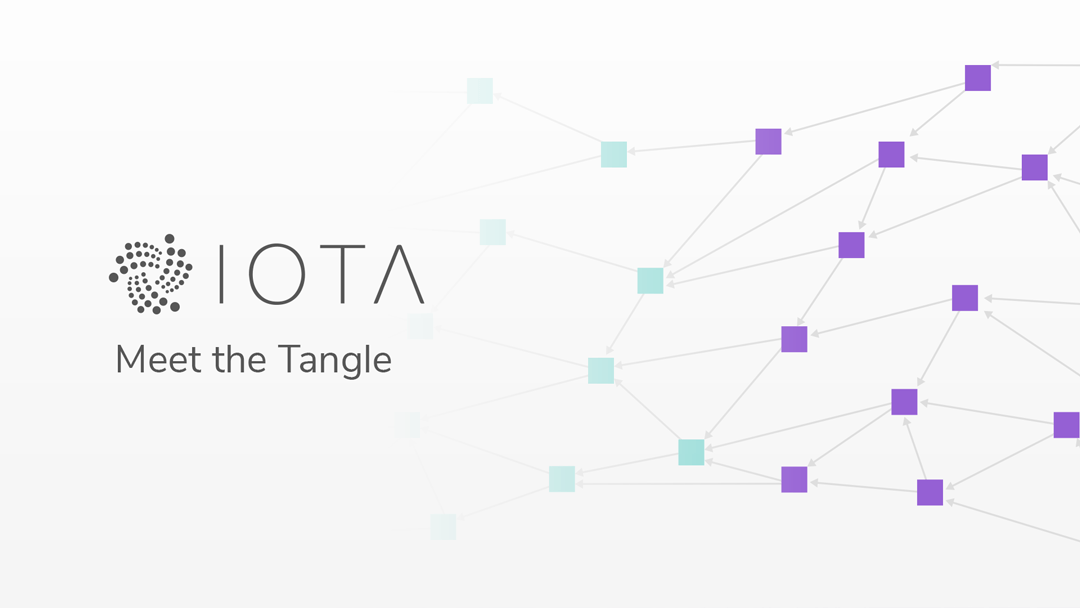
From reducing blackouts to improving the use of green power, distributed energy systems are increasingly having a major role to play in creating a more efficient and reliable industry. Dan Robinson finds out how new technology built by the non-profit IOTA Foundation could have a key role to play in incentivising consumers to play their part.
You’re driving a car, it’s electric and “connected” of course because it’s a quarter of the way through the 21st century, and you arrive at a car park.
Gone are those archaic ticket machines and, in fact, there’s no physical place to pay at all.
Instead, the moment you get out the vehicle after steering it into the bay – or perhaps once you leave the car park – the car makes the payment on your behalf from its own “smart wallet”.
It’s a transaction that’s repeated throughout the journey, automatically paying for tolls, battery recharging and even the odd coffee – not with dollars, euros or pounds, but in crypto tokens.
And it’s not just financial transactions – the car can report hazardous situations like potholes or road blockages to local authorities in order to help keep highways safe and reduce accidents.
And by reporting traffic congestion, it can also use the information to make more efficient trips for other drivers and cut emissions created by idle vehicles.
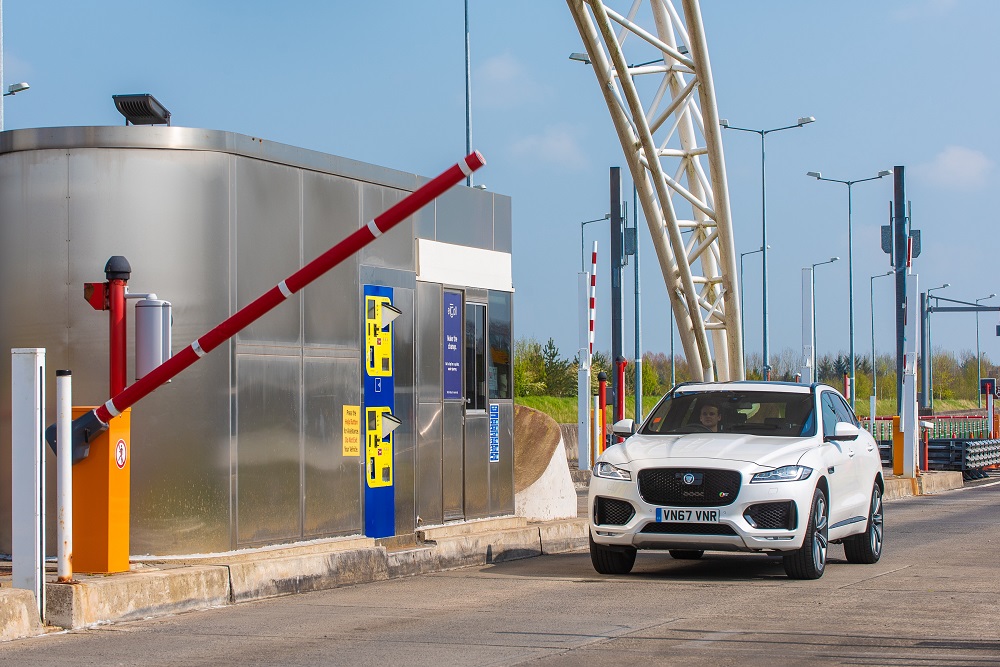
While these scenarios might sound a little futuristic, Jaguar Land Rover has actually built prototypes of such vehicles based on its Jaguar F-Pace and Range Rover Velar ranges.
As well as being able to send and receive data like other connected cars, they are integrated with a smart wallet that uses the IOTA Tangle distributed ledger technology – which, along with mobility, is helping to decentralise the energy industry.
Because not only is the Jaguar or Range Rover of the future potentially safer and cleaner, but once it gets home the driver can discharge any latent electricity from the car into the grid for the incentive of those crypto tokens – to be used all over again the following day on a range of services
Lewis Freiberg is keen to point out this is just one part of a wider ecosystem that stretches across numerous industries, but it’s not difficult to recognise how energy is perhaps the central component in ultimately delivering a sustainable future.
“The value of a system like IOTA is that anyone can join in,” says the Andorra-based ecosystem director at the IOTA Foundation, which created the Tangle technology.
“If you can communicate with the same token then you can get value from across different industries by mixing and matching these services.
“To charge an electric vehicle in Andorra, there are two companies that own the stations and you need a different payment card for each. Then, if I leave and go to Spain, I need other cards.
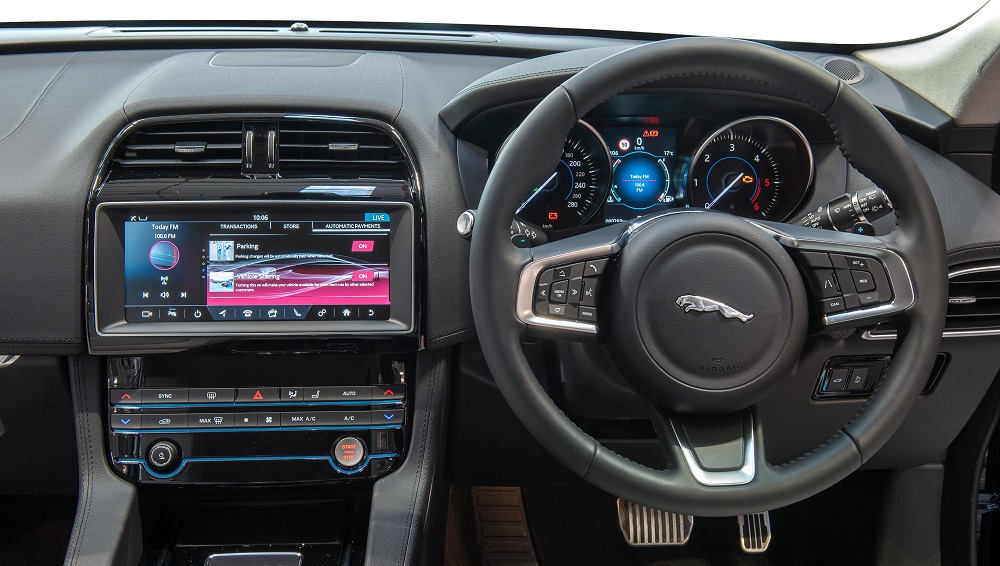
“But if all the charging points speak IOTA, I could just plug my car in, add my address and the car sends the tokens in exchange for the electricity.
“We want to standardise things so everyone can understand and interact with each other. The ideal scenario is we live in a world where everything can talk to everything else, purchase services and are more efficient by having one device rather than five doing the same thing.”
What is the IOTA Foundation and distributed ledger technology?
The non-profit IOTA Foundation, established in Berlin in 2017 by Dominik Schiener and David Sønstebø, aims to “develop the next generation of protocols for the connected world”.
In particular, it promotes distributed ledger technology – a database of transactions that are communicated over a peer-to-peer network, with no central entity.
As the organisation’s ecosystem director Lewis Freiberg explains, “each participant processes each transaction that comes their way and the network reaches a consensus”.
It means there is no single source of truth but a “cryptographically secure source of unified truth”.
How IOTA Tangle works
The Tangle is billed as the data structure at the heart of IOTA. It uses a directed acyclic graph (DAG) rather than blockchain.
DAG differs from blockchain because instead of a linear set of transactions along a single chain, it enables multiple chains of blocks to co-exist and interconnect – delivering the desired scalability.
Anyone can join the IOTA main peer-to-peer network, which was set up in 2016 and has a market cap of about $800m, placing it within the top 15 cryptocurrencies.
Users are given a virtual crypto wallet, in which they can trade crypto tokens securely.
This is where the incentives come into play for supplying renewable energy – and data on an individual’s consumption – to the grid in exchange for the IOTA tokens that can be spent across numerous services.
Verticals in which the IOTA Foundation works comprise e-health, industrial internet of things (IoT), mobility and automotive, global trade and supply chains, and smart energy.
It means these tokens could then be spent on a wide range of services – and these will grow as more major companies join alongside existing partners like Jaguar Land Rover and Volkswagen.
Why distributed energy systems are needed
The IOTA Foundation wants to enable smart energy transformation across the whole energy industry, which has traditionally been siloed and centralised.
Freiberg, who gave a presentation on the subject at the IoT Solutions World Congress in Barcelona last month, says: “In the past, there was one model of energy consumption. It was produced, transmitted and consumed – and there wasn’t too much flexibility in the grid.
“But now we have a different landscape with two different models of production that don’t follow a linear transmission.”
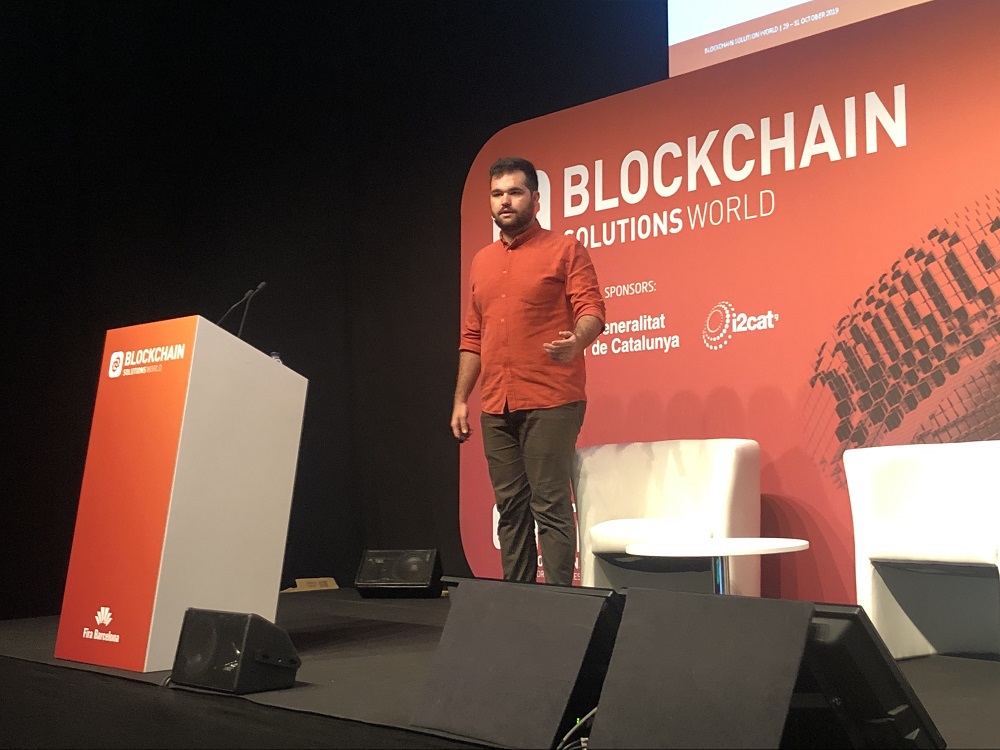
Not only is energy being produced by conventional power plants alongside newer renewable systems like wind and solar farms, but surplus electricity is also being fed back into the grid from other sources.
These include battery storage and electric vehicle discharges, as well as active network management – control systems that manage generation and load for specific purposes.
These complexities in the energy system, in which there are various actors operating with each other, can actually be detrimental to network performance and lead to blackouts like those seen in the UK and US this year, according to Freiberg.
He says: “You would think that producing renewable energy is something we want to do but it’s also causing problems when there’s exceptionally high demand.
“We’ve been trying to integrate this new technology for renewables into a system that was designed more than 50 years ago.”
How the IOTA Foundation is using distributed energy systems
To overcome these problems, Freiberg believes the answer is to connect the latent energy storage and production locally.
And in order to capture all the different storage facilities available in a local network, he says the owners need to be incentivised through payments and able to trust that the date they share is secure.
This is where distributed ledger technology comes into play for energy systems.
It goes beyond what can be offered by conventional blockchain – a type of distributed ledger that records transactions across many computers so archives can’t be changed or deleted without the alteration of all subsequent blocks.
Blockchain entered the energy industry in 2016 to enable the exploration of decentralised systems but the IOTA Foundation has created its own technology, called IOTA Tangle.
It claims this is a scalable, secure and zero-fee platform for making transactions, which the organisation wants to be a new standard built “for and together with” the industry.
Freiberg says IOTA Tangle is built specifically with the internet of things (IoT) in mind and enables micro-payments handed over by consumers according to their exact energy usage.
The IoT describes a network of smart devices that are connected with each other by the internet, and the number in use is expected to grow from 26 billion to 75 billion between 2019 and 2025.
“Our distributed ledger technology is based on the IoT, allowing data to be transferred and transacted,” says Freiberg.
“We have a network that’s optimised for the IoT environment, whether it’s vehicles or machines, to be able to interact and share data.
“We’re focused on scalability so appliances all over the world can make transactions at a timely rate.”
While many consumers receive energy bills on a relatively infrequent basis – often monthly, quarterly or even annually – IOTA’s technology changes to a real-time payments model to give consumers a better idea of the energy they use.
Freiberg adds: “We built this technology for the connected world – we want to take the human out of the loop and allow devices to communicate with each other and make purchases.
“This is what we call the economy of things. There are sensors on the street corner electricity box and traffic recognition system, but all this information is siloed.
“We currently have smart centralisation, where all these devices are connected and making decisions in the cloud.
“But we want to change this so we have smart decentralisation, where any local data sharing and edge decisions being made don’t rely on a central authority making decisions for them.”
Benefits of distributed energy systems
Managing peak consumption times during the day – often during evenings – has always been one of the biggest challenges for the grid.
It requires energy to be immediately available in connected storage but the current lack of dedicated facilities prohibits this.
While utility companies have recently begun to install smart meters in homes and businesses to help customers better understand their energy usage – and providers to get an insight into consumer habits – Freiberg claims these are difficult to forecast.
However, the granular usage data they provide could be used to facilitate micro-payments – very small financial transactions – based on tariffs that take into account the precise amount and time of energy consumed.
Freiberg says: “There’s a number of different ways we can unlock value by improving the intelligence in the system.”
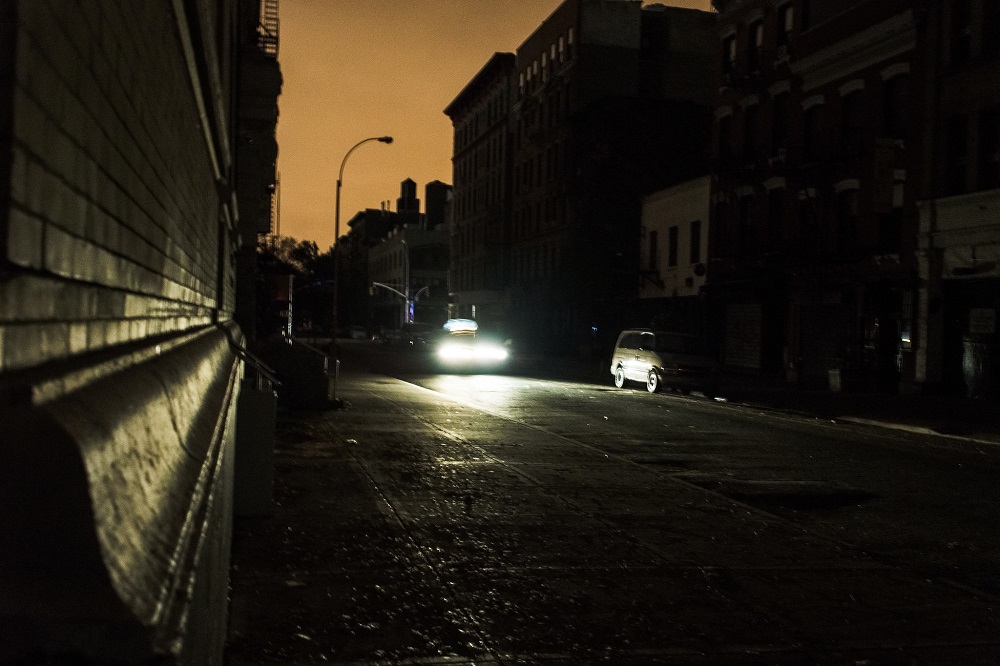
One of these might be through discharging electric vehicles to power households.
The International Renewable Energy Agency (IRENA) estimates there are six million electric vehicles on the world’s roads today, but by 2050 there could be one billion.
They won’t just be vehicles but portable battery storage facilities too, given that they could supply grid services with 14 terawatt-hours (TWh) of electricity – compared to just 9TWh in stationary batteries.
“How do we unlock the capacity of these vehicles?” says Freiberg. “They hold enough energy to power households for a number of days.
“Distributed ledger technologies can incentivise vehicle-to-grid discharge of stored energy.
“When you have an electric vehicle, you have it connected at night to charge off baseload power.
“You then drive the car to work and maybe charge it from renewables on the roof of the office building in the city.
“Then you go home and when lots of people are using electricity to watch TV, cook and put the kettle on, you can discharge the energy – and it’s then used across the community.”
When forecasts for supply and demand are incorrect, a power distributor might decide to issue rolling short-term blackouts to reduce the demand or pass on the increased costs to consumers when the price goes up per kilowatt.
This is something the Dutch smart charging company ElaadNL is aiming to address by building a platform in which consumers can be automatically paid to reduce their energy usage at certain times of high demand – creating self-balanced grids as an alternative for load-shedding.
It’s an example of a strategy that can create a so-called positive energy district, in which communities have a net positive for energy production rather than consumption.
This is a concept being explored by the €30m CityExchange project, funded by the EU’s Horizon 2020 grant programme with the aim of creating a framework and tools for a common energy market within communities.
It features 32 industry partners, including IOTA, and 11 testbeds across Europe, with Limerick in the Republic of Ireland and Norway’s Trondheim “lighthouse cities” for the trial.
“These are the future of energy,” adds Freiberg. “Most renewables that are connected to the grid can produce and sell to other areas. It means the communities are more resilient and can reduce costs.
“We understand the technology we’ve built is in its infancy and don’t know what the potential is yet but we think it could have a big role to play in distributed energy systems.”






